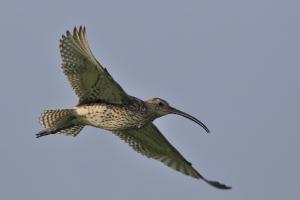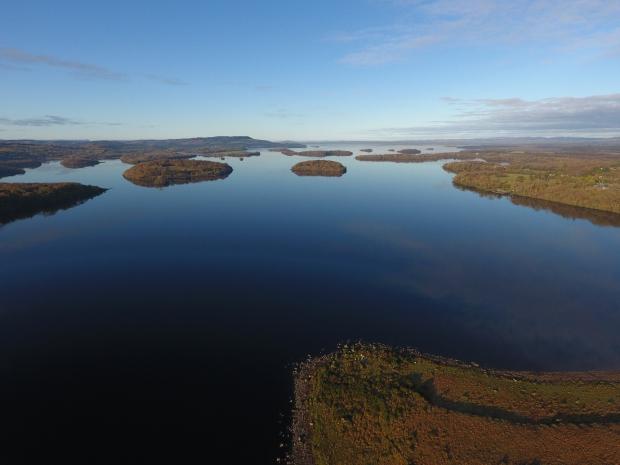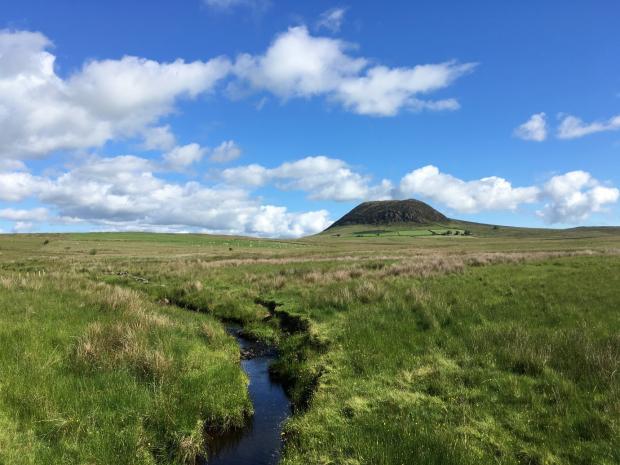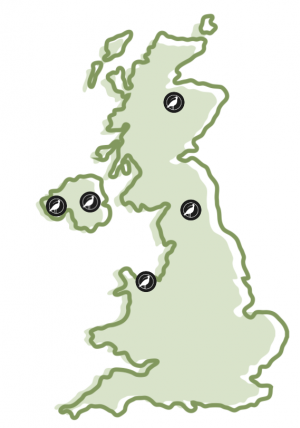
Supported by the European Commission LIFE programme, statutory nature conservation bodies in each of the UK countries and other project partners, the ‘Curlews in crisis’ aka ‘Curlew LIFE’ project aims to deliver emergency action to reverse these declines in five priority landscapes across all four countries of the UK. This is a 4-year LIFE Nature project being managed by the RSPB from 1 October 2020 to 31 December 2024.
Working closely with project partners, the aim is to stabilise curlew breeding populations within the five project landscapes by improving breeding habitat conditions. Efforts will be greatest in Wales and Northern Ireland where the declines are most severe (-69 and 82% decline since the mid-1990s) and the species faces the very real danger of extinction as a breeding bird in future decades. In Scotland and Northern England, the project will develop ‘centres of excellence for curlew conservation’.
Each of the project landscapes have been identified as important breeding areas for curlew. Two of the five priority landscapes are located in Northern Ireland, these are the Antrim Plateau (Glenwherry) and the Lough Erne lowlands (the RSPB Lower Lough Erne Reserve and Upper Lough Erne). You can find out more about project sites on the project website.


The project has five objectives:
- Enhance breeding conditions for Curlew.
- Implement annual monitoring.
- Develop post project plans.
- Increased awareness of Curlew issues and needs.
- Create or strengthen networks and catalyse future objectives.

The Curlew LIFE project started in October 2020 and the first year of monitoring started in 2021. By 31 December 2024, the goal is that enhanced habitat conditions will lead to stable curlew populations within project sites. Despite having had only one year of monitoring and habitat delivery, the project has already seen some great results. The use of temporary nest protection fencing in the Antrim Plateau significantly increased hatching rates so fingers crossed for another good breeding season as the bird begin to return to breeding grounds.
Curlews in crisis is managed by the RSPB with support from the EU LIFE programme and the following project partners; Cairngorms Connect, Fellfoot Forward Landscape Partnership Scheme, Natural Resources Wales and DAERA. Additional funding has also been received from the UK Government's Green Recovery Challenge Fund.
Part-funding from DAERA’s Environment Fund towards the Curlew LIFE project was put in place in May 2021. This involves over £200k investment from DAERA in these emergency curlew conservation measures over 4 years. The DAERA Environment Fund project is called ‘Delivering Curlew Conservation in NI’ -to deliver targeted conservation measures in two curlew priority areas in Northern Ireland. This is additional to work on species and habitats that is being delivered by RSPB on its Reserves, which is also part-funded by DAERA’s Environment Fund.Further supporting curlew recovery work is the release of a double-sided album to raise awareness of curlew conservation “Simmerdim: Curlew Sounds”. Disc one is composed of original tracks inspired by curlews from 12 artists. Disc two is a series of curlew soundscapes recorded from the Curlew LIFE project sites. Download the lead track from the 13 April and help us get the track into the charts in time for World Curlew Day on 21 April!
